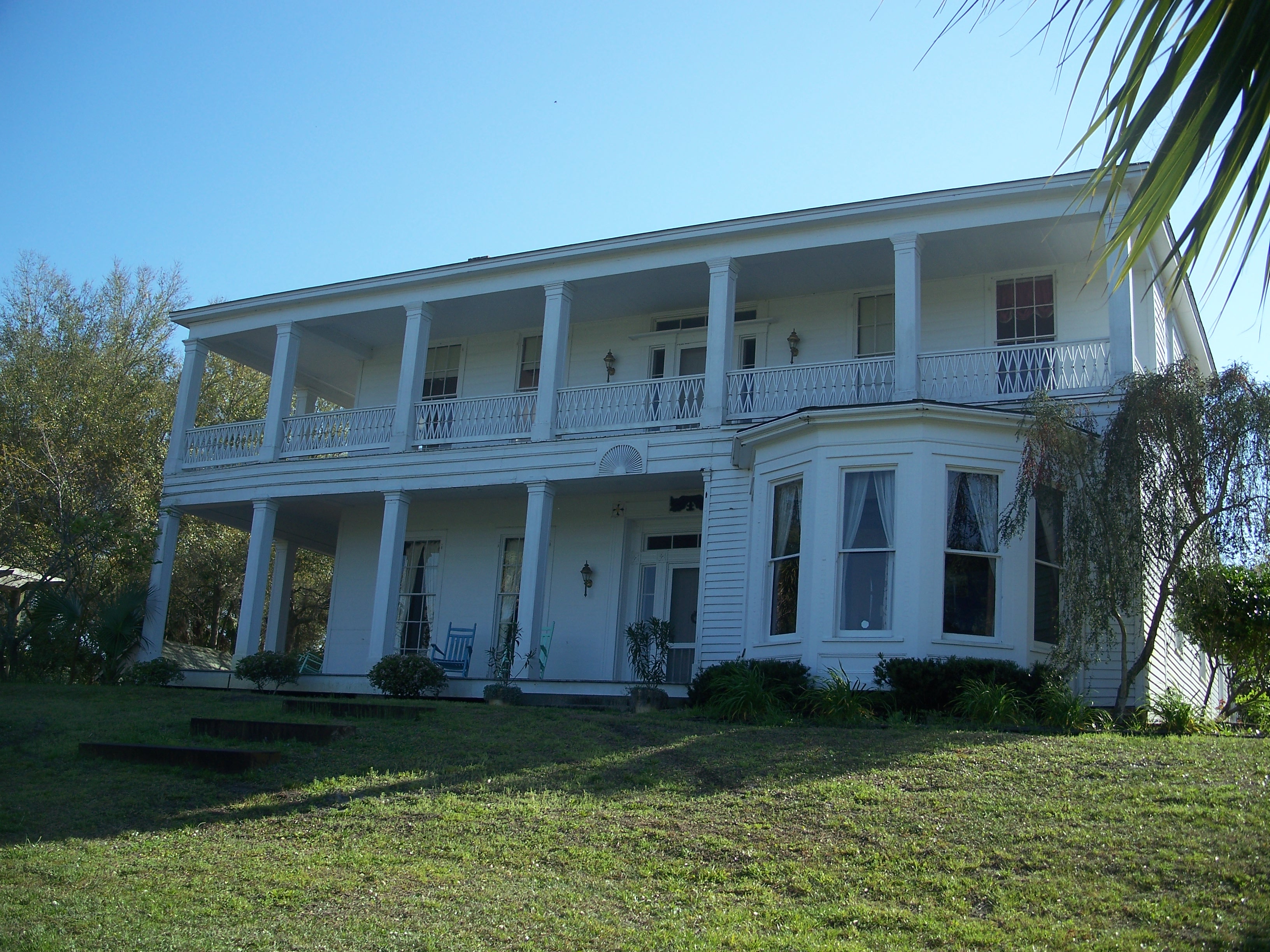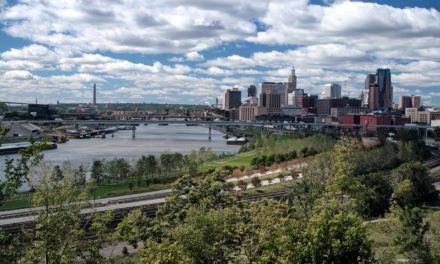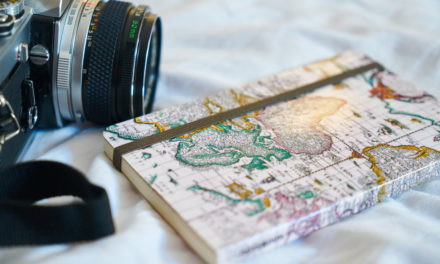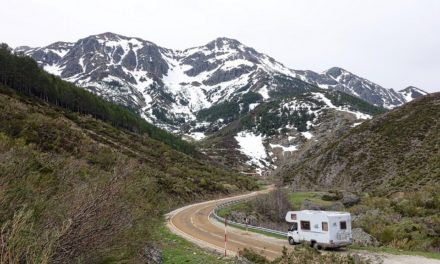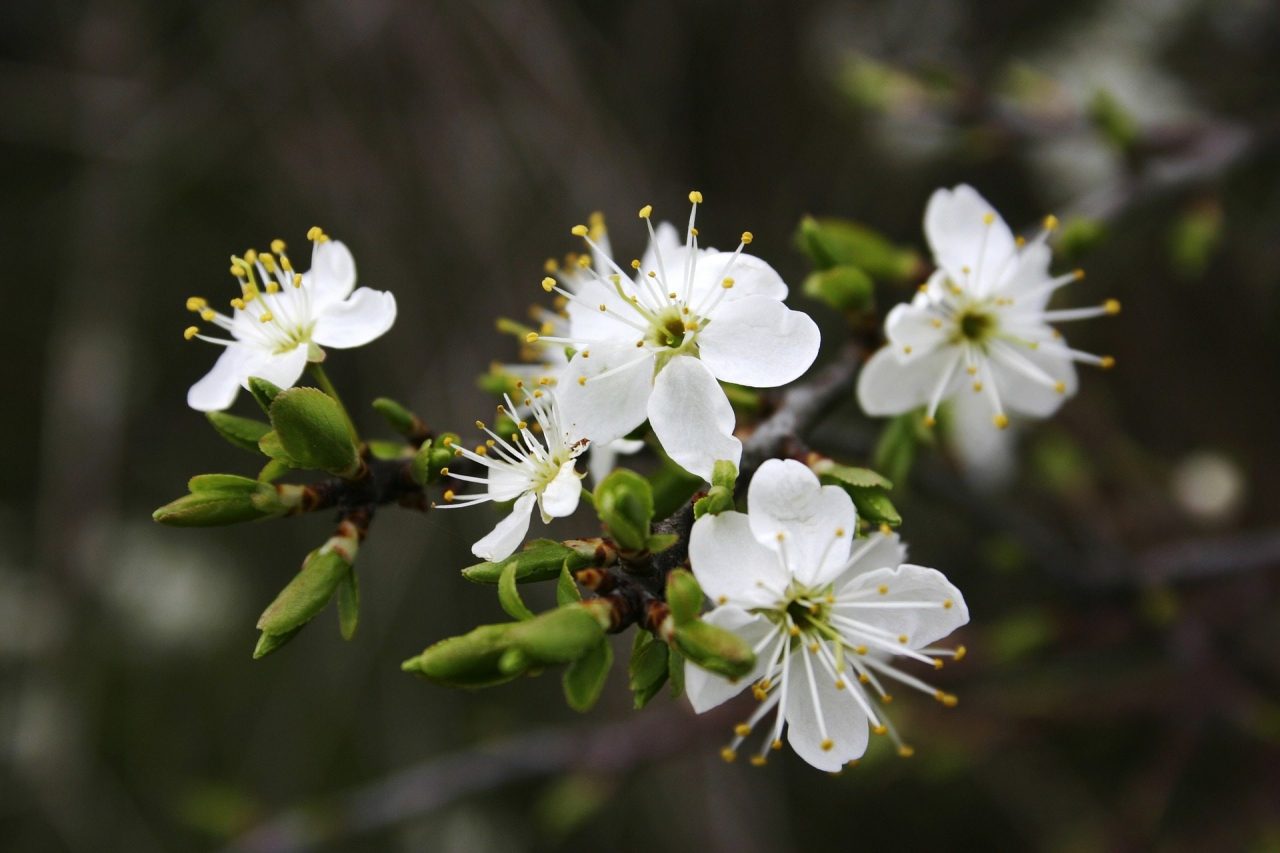One of the most beautiful and least visited coastal stretches in the state of Florida is the Big Bend. It stretches from Panama City Beach to Cedar Key along the Gulf Coast. This quiet, quaint and quality drive will soothe your soul. So, take the road less traveled, and see Florida the way it has always been. You will be glad you did.
Start
Start in Panama City Beach, the largest community in the Big Bend. Here you will find an array of amazing white sand beaches. It draws people from all over the world.
Highlights include strolling swimming, fishing and water sports in the emerald green water of the Gulf. Eat at Liza’s Kitchen, Finn’s Island Style Grub, or over a sunset at Schooners Restaurant. Mexico Beach offers the 40th Street Pizzeria and must-stop Mexico Beach Donuts.
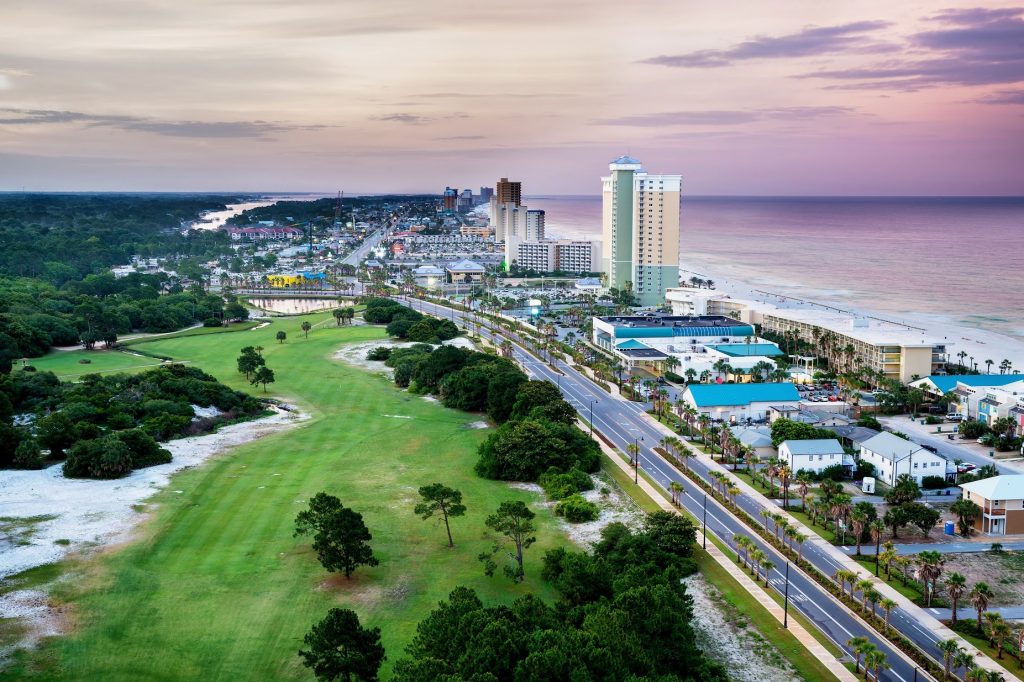
Port St. Joe
Port St. Joe is a true working port. The community prides itself on the many heritage buildings and well kept shops. At the marina, you can find charters, boat rentals and dining options. In the Historic Downtown there are one-of-a-kind boutiques. Drive out to The Stone Memorial on St. Joseph Peninsula. Eat at the No Name Café. Nearby in Wewahitchka, visit Smiley Honey to shop for some great varieties of raw, all-natural honey.
To get a sense of its past, visit the Orman House Historic State Park, and tour the mid-1800’s home on the Apalachicola River. It’s filled with period furniture, vintage family photos, clothing and exhibits.
Tate’s Hell State Forest
Tate’s Hell State Forest has a colorful name based on a colorful tale. Jebediah Tate was a farmer who lived near Carrabelle Florida, with a son named Cebe. One day in 1875, Cebe went into this swamp, with his gun and hunting dogs, to find a lost cow. The dogs ran off after a Florida panther, Cebe lost his gun in the mud, and ended up wandering in the swamp. He was lost for seven days and nights. He went into the Dwarf Cypress Stand, to try to escape the bugs, fell asleep, and was awakened by being bitten by a snake. After running blindly thru the swamp, delirious from the bite and from drinking the murky waters, he came to a clearing near Carrabelle. He lived only long enough to murmur the words, “My name is Cebe Tate, and I just came through Hell!” Ever since, the swamp has been known as Tate’s Hell.
Apalachicola National Forest
Contiguous is the Apalachicola National Forest, famous for the “Leon Sinks”, a designated Geological Area featuring interpretive signs and views of sinkholes from a system of boardwalks and trails. Picnic tables, a kiosk, a water fountain, and a restroom with flush toilets are available. The vast majority of the forest is free to visit; however, certain areas of the forest (such as campgrounds) require a fee for use.
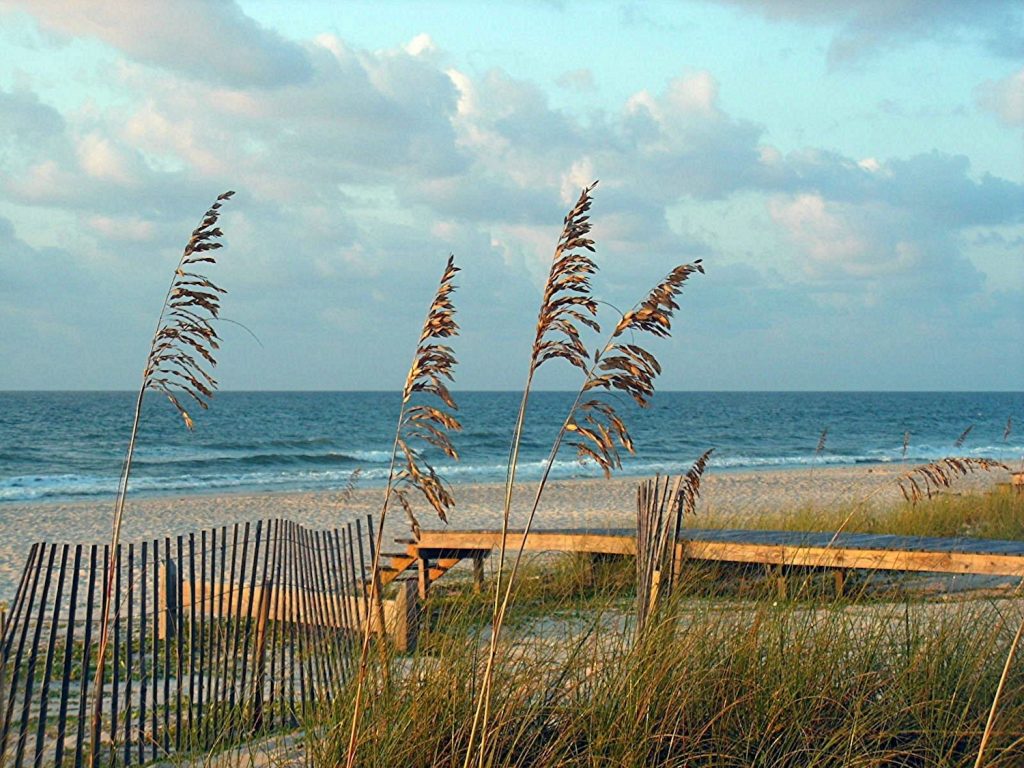
Eastpoint
In Eastpoint, you can buy fresh local seafood from family-owned markets and eat a fresh seafood meal from restaurants operated by families four generations deep. Popular dining options are: Lynn’s Quality Oysters, The Red Pirate, and El Jalisco Mexican.
St George Island
From there, take route 300 out to St George Island, to enjoy the beaches at the state park and to see the lighthouse. The steps are wooden and easy to walk. You must climb a ten foot ladder at the top, to see the view. For dinner with a view, it’s the Blue Parrot.
Carrabelle
Carrabelle is the home of the “World’s Smallest Police Station”, which is actually a phone booth. Be sure to see it and read about its colorful history. Visit the Crooked River Light, also known as the Carrabelle Light, built in 1895. The Keeper’s House Museum and Gift Shop is open from noon to 5:00 p.m. Thursdays through Sundays. Weather permitting; you can climb the Crooked River Lighthouse on Saturdays and Sundays from 1:00 p.m. till 4:00 p.m. The cost for climbing the lighthouse is $5.00 per person. All climbers must be 44 inches tall.
Alligator Point
Alligator Point juts out into the Gulf dramatically. There, Bald Point State Park is quiet and remote, a good destination for observing wildlife, but there’s usually a lot of seaweed, so it’s not recommended for shelling or swimming.
Panacea
At Panacea, see the Gulf Specimen Marine Lab, a pleasant place for families to visit and have a hands-on experience with the tanks of small sea creatures. At Panacea, Tropical Trader and Posey’s are the places to dine. St Marks is the site of Fort St. Marks – now San Marcos de Apalache Historic State Park – formerly an important military fort, dating back to Spanish colonial days. St. Marks Light (built in 1842), is Florida’s second-oldest lighthouse, a few miles away, at the mouth of the St. Marks River.
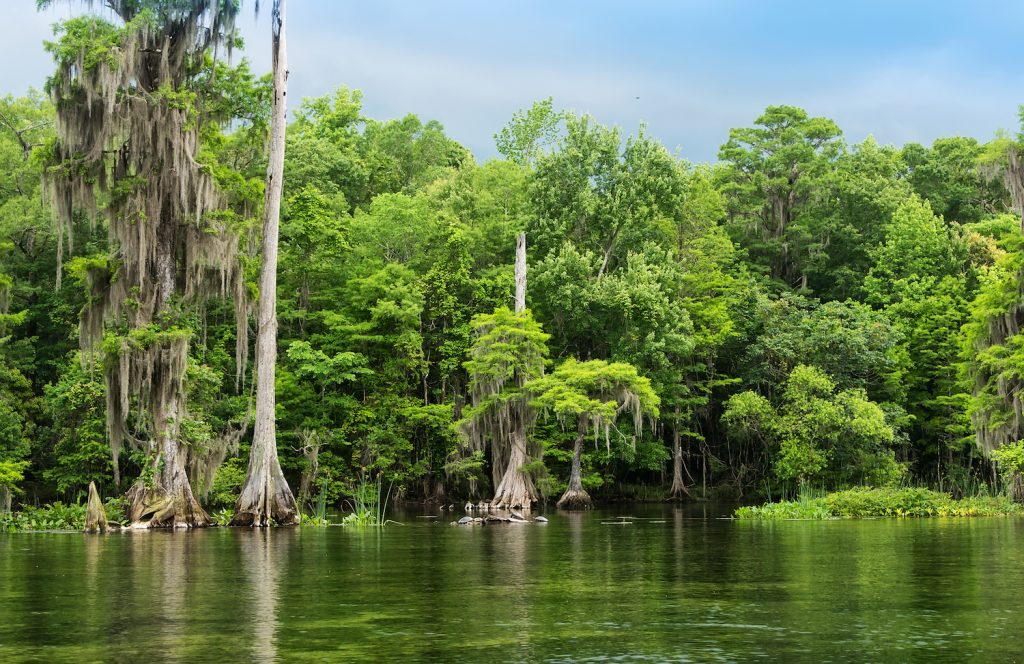
Wakulla Springs
At Wakulla Springs visit the Edward Ball Wakulla Springs State Park. There are cabins and a 1930s Spanish Revival historic lodge for overnight guests. Perry is home to Keaton Beach, a great place to relax by the Gulf with a pier that ends with a sitting area, beautiful large rocks bordering the pier on the beach side. Popular with kayakers and for fishing. Steinhatchee is a good place from which to take a day charter fishing excursions.
Suwanee
Suwanee is quite remote, and has few amenities, but it is popular for fishing. It is located on the Suwannee River, near its mouth, as you are almost to the southern end of the Big Bend region. Not many have been to Suwannee, so you might want to drive out just to say you have been there. Of course the Suwannee River figures in one of Stephen Collins Foster’s most famous songs, which is the state song of Florida. The Big Bend region ends at Cedar Key. Visit the Cedar Key Historical Society Museum, go kayaking or canoeing. Dine at Tony’s, Steamers, Annie’s or Kona Joe’s.


